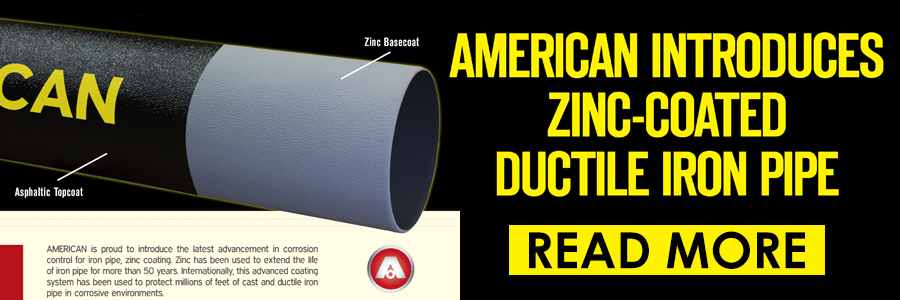Let’s Make Sure the Water is Safe at your School District
- Home
- Team EJP Blog
- Let’s Make Sure the Water is Safe at your School District
- Sep 28, 2016 12:30:59 PM
- Everett J. Prescott
With the water quality concerns being highlighted in the news recently many utilities have begun testing their own supply in response to customer demands for higher levels of safety. But how about the school district? Over 90,000 schools nationwide don't fall under the Safe Drinking Water Act (SDWA). Though testing is the only way to make sure, there are some other indicators that may come into play to help you decide whether lead and other contaminants could be a problem for schools in your district. Here's the basics about whether water quality could be an issue in your utility's school districts.
Check the Age of Construction
The first step to take in determining whether lead could be a problem in your district is by checking the age of the building. Structures built before 1986 are much more likely to have lead in the water due to the use of lead in solder and fittings prior to the passage of the SDWA. After that time period, pipe, fittings and fixtures were required to have a lead content of under 0.25% across the weighted average of the wetable surface while solder and flux was required to have a lead content of under 0.2% This greatly reduces the amount of lead in drinking water after this point.
What's the Water Like?

Lead only becomes a problem in drinking water when it can be leached or corroded off of existing fittings or fixtures. In Flint, Michigan this happened when the city changed the water supply from Detroit's relatively neutral pH water. The Flint River, on the other hand, had very acidic water that quickly leached out the lead in the pipes that brought the water to the city. Softened water can also leach lead from lines after the point that the water softener joins the system.
Test Regularly and be Vigilant
Many schools are required to test on a regular basis to ensure that the water is of a proper quality for children to consume regularly. But it's easy to fall behind on a testing schedule. With the serious concerns growing out of the Flint crisis, this is a good time to check your logs and see whether it's time to test your school district's water again to see if any new problems have arisen.
Isolate Problem Fixtures
But don't stop by simply testing the incoming water or the water at the supply main for the school. Individual fixtures can also have problems with lead, especially if they're older. Taking the time to test each fixture in the school or ones that were manufactured prior to 1987 can help ensure your students aren't being inadvertently exposed to lead.
By testing often, you can be pro-active in creating a plan to keep your water safe. If you need to replace fittings or pipes in your utility that have been shown to contain lead, please feel free to contact us today for solutions. We're focused on helping you provide the highest quality water to those you service.








